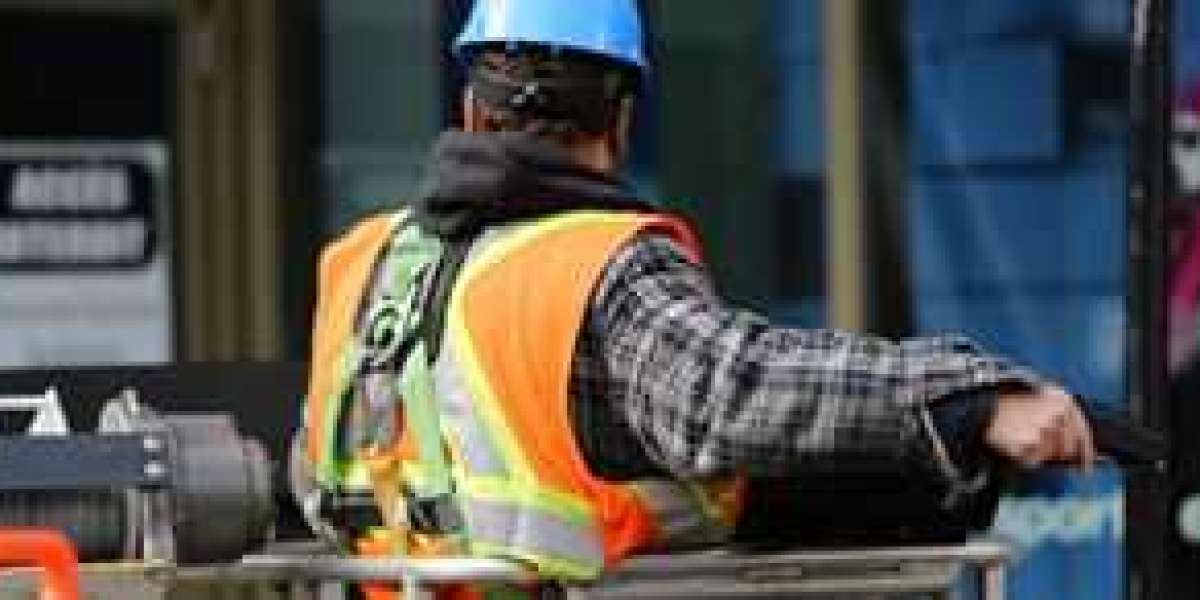Sloped roofs are not merely architectural features; they are functional structures that play a crucial role in safeguarding homes against the elements. Understanding how sloped roofs perform in various climate conditions is essential for homeowners, builders, and roofing professionals alike. This comprehensive guide explores the adaptability of sloped roofs, offering insights into their resilience and maintenance requirements across different climates.
1. Exploring Sloped Roof Designs
Sloped roofs come in a variety of designs, each tailored to specific climatic conditions. From gable and hip roofs to mansard and gambrel roofs, the architectural style influences how a roof sheds rain, snow, and debris. Understanding the characteristics of each design is vital for selecting the most suitable option for your location.
2. The Impact of Climate on Roofing Materials
Climate significantly influences the choice of roofing materials. In regions prone to heavy rainfall, durable materials like asphalt shingles or metal roofing are preferred for their water-resistant properties. Conversely, in hot and sunny climates, materials with high solar reflectance, such as clay tiles or concrete, help minimize heat absorption and maintain indoor comfort.
3. Sloped Roofs in Humid Climates
Humid climates pose unique challenges for sloped roofs, including mold and mildew growth, as well as accelerated deterioration of certain roofing materials. Proper ventilation and moisture control measures are essential for mitigating these issues and prolonging the lifespan of the roof.
4. Sloped Roofs in Arid Climates
In arid climates characterized by low humidity and high temperatures, sloped roofs must withstand prolonged exposure to intense sunlight and occasional sandstorms. UV-resistant roofing materials and adequate insulation play a crucial role in preventing heat buildup and ensuring energy efficiency.
5. Sloped Roofs in Cold Climates
Cold climates present specific challenges such as heavy snow loads and ice dams, which can compromise the structural integrity of sloped roofs. Roof pitch, material durability, and insulation levels are key considerations for preventing snow accumulation and ice formation, thereby reducing the risk of roof damage.
6. Maintenance Tips for Long-lasting Sloped Roofs
Regardless of the climate, regular maintenance is essential for preserving the integrity of sloped roofs. Inspecting for signs of damage, clearing debris, and addressing minor repairs promptly can prevent costly issues and extend the lifespan of the roof.
How Do Sloped Roofs Fare in Different Climate Conditions?
Sloped roofs exhibit varying performance characteristics depending on the climate they are exposed to. While certain roofing designs and materials are better suited to specific climates, proper maintenance and proactive measures are essential for ensuring optimal performance and longevity.
Frequently Asked Questions (FAQs)
Q: How often should sloped roofs be inspected for damage?
A: It's recommended to inspect sloped roofs at least twice a year, ideally in the spring and fall, to assess their condition and address any issues promptly.
Q: Can sloped roofs withstand extreme weather events such as hurricanes or tornadoes?
A: While sloped roofs offer better resistance to wind uplift compared to flat roofs, their ability to withstand extreme weather events depends on factors such as design, materials, and installation quality.
Q: Are there eco-friendly roofing options available for sloped roofs?
A: Yes, several eco-friendly roofing materials, such as recycled metal, wood shingles, and green roofs, offer sustainable alternatives for sloped roof installations, reducing environmental impact and energy consumption.
Q: What measures can homeowners take to improve the energy efficiency of sloped roofs?
A: Installing reflective roofing materials, improving insulation levels, and incorporating passive ventilation systems can enhance the energy efficiency of sloped roofs, reducing heating and cooling costs.
Q: How long do sloped roofs typically last before needing replacement?
A: The lifespan of sloped roofs varies depending on factors such as material quality, climate, and maintenance practices. On average, well-maintained sloped roofs can last anywhere from 20 to 50 years or more.
Q: Is it possible to install solar panels on sloped roofs?
A: Yes, sloped roofs are suitable for solar panel installations, provided they have sufficient exposure to sunlight and structural integrity to support the additional weight.
Conclusion
Understanding how sloped roofs fare in different climate conditions is essential for ensuring the long-term durability and performance of residential and commercial buildings. By selecting appropriate roofing designs, materials, and maintenance practices tailored to specific climates, homeowners can enhance the resilience of their roofs and protect their investments for years to come.



